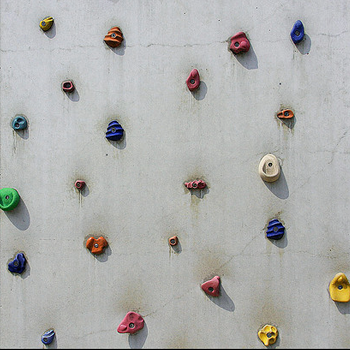You have some acid (#color(blue)"HCl"#) and some base (#color(orange)"NaOH"#) which are mixed together. What will happen? Well #color(blue)"HCl"# is a strong acid and #color(orange)"NaOH"# is a strong base. What ends up happening is that they will react completely to produce a #color(purple)"salt"# and water (#color(magenta)("H"_2"O"#). This is called a neutralization reaction. The reaction proceeds as so..
#color(white)(aaaaaaaaaa)color(blue)"HCl"_((aq))+color(orange)"NaOH"_((aq))rarrcolor(purple)"NaCl"_((aq))+color(magenta)("H"_2"O")_[(l)]#
The mole-to-mole ratio between the acid and the base is 1:1 which means #"1 mole"# of #color(blue)"HCl"# reacts with #"1 mole"# of #color(orange)"NaOH"#, based off the reaction we wrote down above.
So we first need to figure out the number of moles of #color(blue)"HCl"#
#color(white)(aaaaaaaaaaaaaaaa)"C * V = moles"#
Where
C is the concentration in Molars and V is the volume in Liters. Convert ml to liters first.
- #"100 ml" xx "0.1 M"-> "0.1 L" xx "0.1 M" = color(blue)("0.01 moles of HCl")#
If we have #color(blue)("0.01 moles of HCl")# then how much volume is required to completely neutralize the acid? Well if we have a 1:1 ratio and we have #color(orange)("0.1 M of NaOH"#, then we would need #color(orange)"100 ml"# of the base to give the same number of moles.

